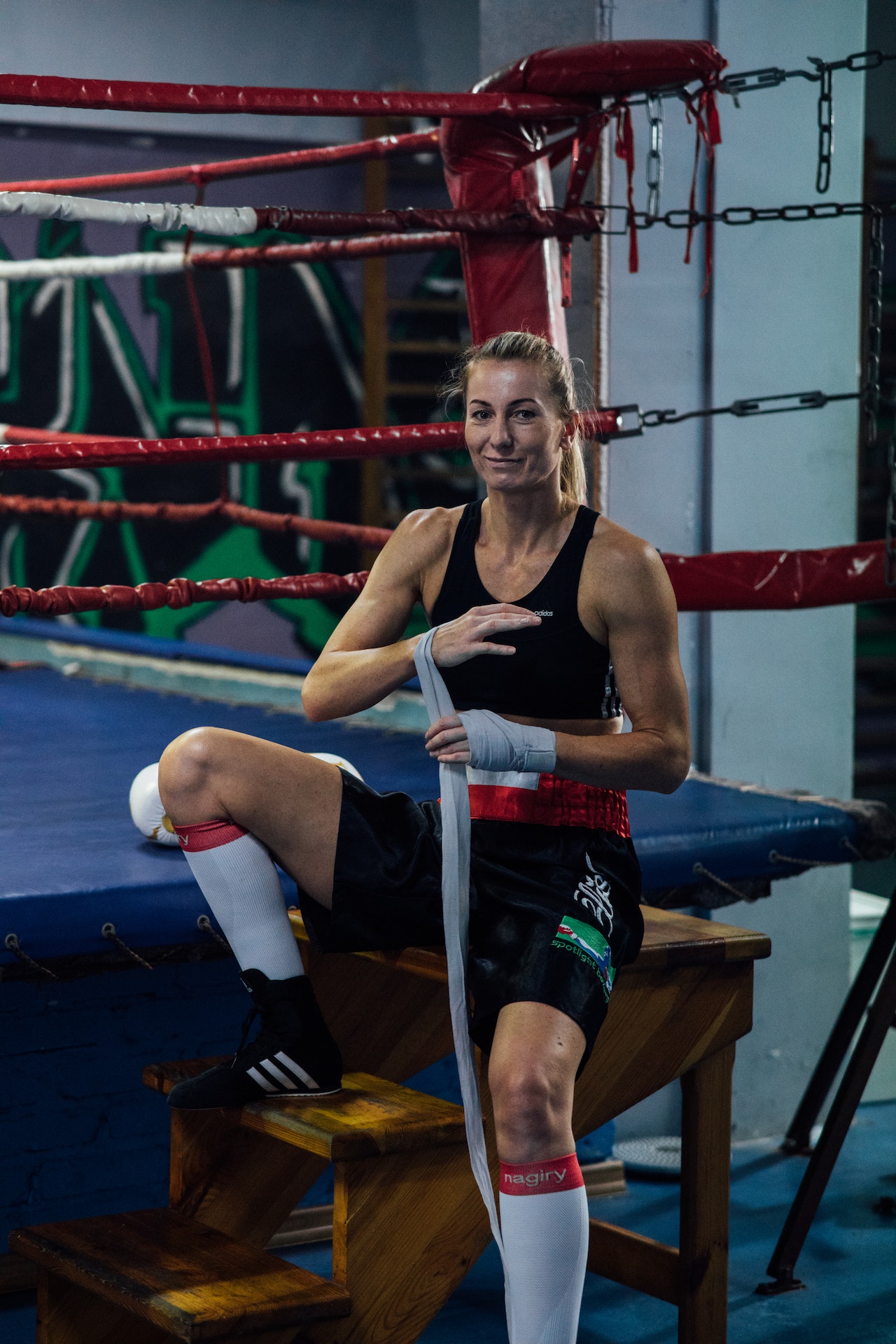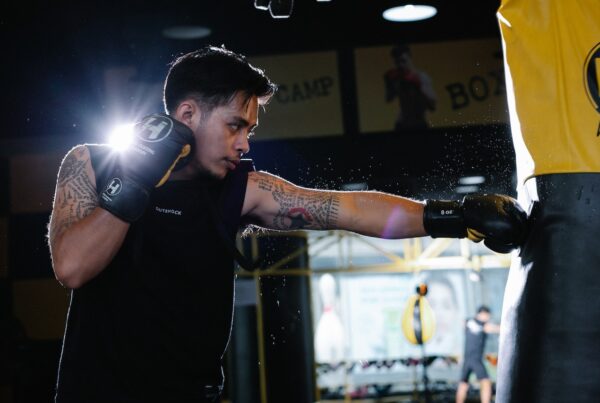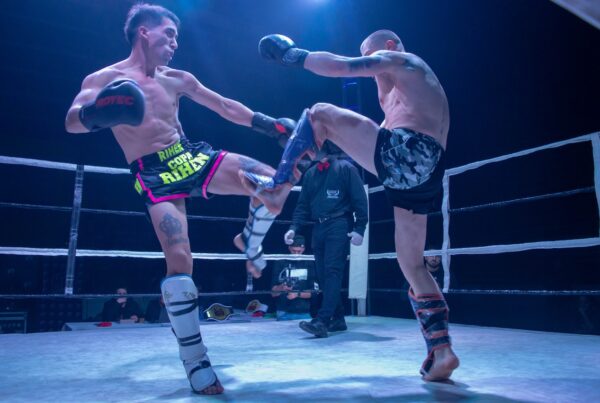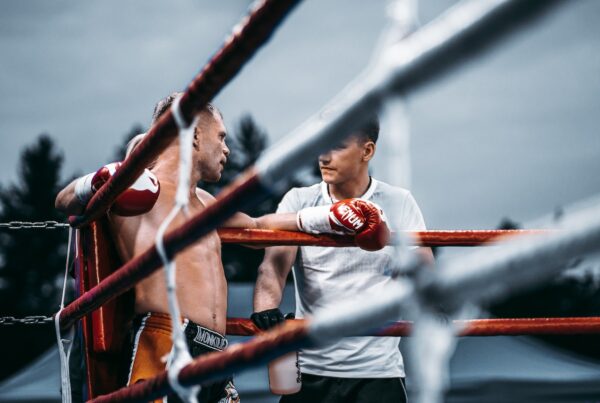There’s no denying the fact that learning MMA can be full of injuries. Yet, there are techniques where you can learn mixed martial arts without getting hurt. Safe training should always be your priority. It is impossible to get rid of the safety risk, but you can surely minimize it by taking a few precautions. There are some basic rules of fighting, you should always consider them before you start your training.
I surfed the internet to look for the fighters who got injured during training. You will be surprised that there are a lot of high-profile fighters who got injured while they were preparing for a fight (if you are super serious about MMA).
Training camp became the home ground for the injury of Cain Velasquez, the former 2-time heavyweight champion. He is known for his intense training and was unable to participate in UFC 180 due to his torn muscle. The injury was a result of his intense training camp.
Apart from him, fighter such as Darren Till was also unable to participate as he broke his collarbone during training. Such injuries are inevitable if you don’t do safety training.
Table of Contents
Do You Get Hurt in MMA Training?
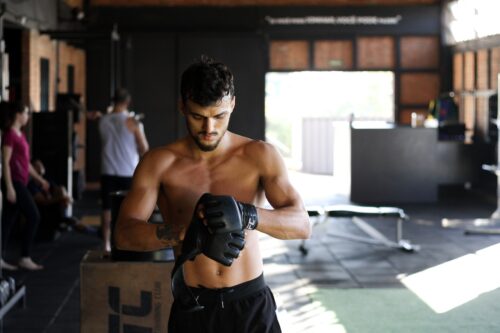
You should follow the guidelines for not getting hurt during MMA training
You surely get hurt in MMA training if you don’t follow the safety guidelines. Injuries are part of every sport – especially if you are serious about MMA and going for competition. That said, injuries will happen less if you are just casually training MMA for self defense and exercises.
One of the most famous and successful UFC fighters of all time, Khabib Nurmagomedov had to withdraw from UFC 187 due to his knee injury. The Eagle is known for a very intense training camp, which is also distinctive. Throughout his career, he had to withdraw from fights several times due to injuries he got during his training camp.
That’s enough scaring you. Even though injuries are quite common in MMA, you can minimize it by using the tips I am going to share in this article. If you are practicing MMA casually, injuries are less common if you follow the safety guidelines and use the gears correctly.
9 Tips Train MMA Without Getting Hurt
1. Use protective gear like mouth guard and headgear
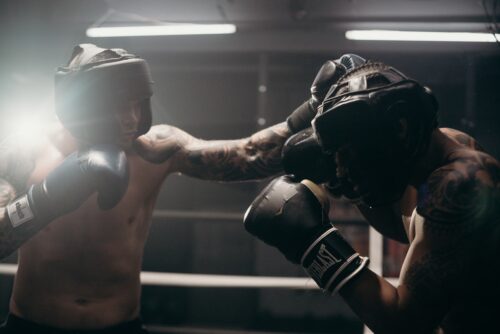
Mouth and head guard are two of the most important gears you need to equip yourself with. Your teeth are super vulnerable to getting hurt during training.
If you love your teeth and want them to stay a bit longer, you need to wear a mouth guard. Moreover, head injuries are some of the most dangerous injuries in the history of sports. If you want to protect yourself. Be vigilant and wear headgear.
It is impossible to train for any sport without protective gear. When talking about fighting, you can’t just imagine stepping into the training camp without your protective gear.
Related article: 7 Boxing Sparring Gear You Will Need As A Beginner (+ Cost)
2. Use your martial arts gear correctly
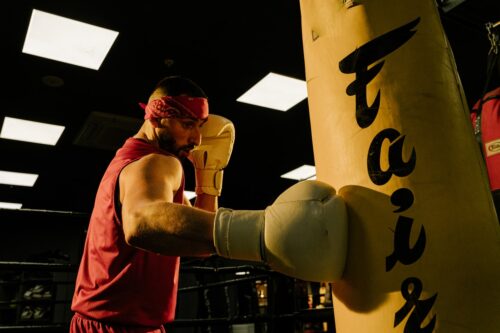
Use bag gloves specifically for heavy bag only.
To avoid injuries, always use suitable martial arts gear for the occasion. For example, use sparring gloves for sparring. Use bag gloves to hit heavy bags. Make sure you use hand wraps underneath the gloves to protect your knuckles and wrists, etc.
One of the most common mistakes in training is that we don’t use the right gear for the right purpose. Sparring gloves are made for sparring, you cannot use them to hit heavy bags, and you will get your fingers crushed.
If you want to hit heavy bags, get yourself bag gloves. Apart from it, try to use hand wraps under the gloves as they will be responsible for protecting your knuckles and wrists.
Related Article: 8 Differences Between Sparring Vs Training Vs Bag Gloves
3. Always train under coach supervision
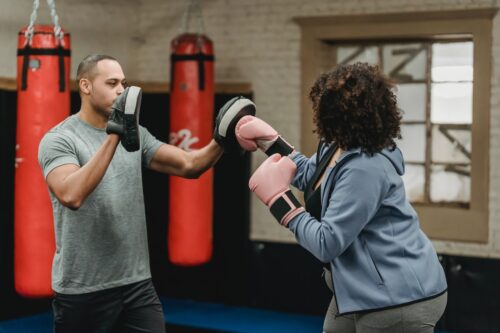
Never train alone. The biggest mistake while learning mixed martial arts is to train alone. No matter how professional you are in this sport, you need to train under a coach or someone senior to you.
There’s always more to learn. You don’t want to get yourself hurt to learn it the hard way. If you have just started learning MMA, always learn from a trainer. The trainer will give you tips that you won’t be able to find by yourself. Training plays a pivotal role in your overall upbringing as a fighter.
4. Perform light sparring instead of hard sparring
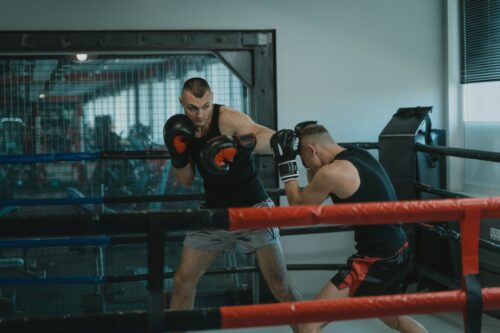
Even professional fighters prefer light sparring as it is much more beneficial. If you have just started learning mixed martial arts, don’t ever think of hard sparring, you will end up hurting your muscles. Always start with light sparring.
Don’t burden your muscles with too much load. Keep them healthy and shaped. If you’ve got a trainer, he or she will always suggest you do light sparring and this is where you need to hear them out. Don’t forget to wear your protective gear while you are sparring.
Related Article: Light Sparring Vs Hard Sparring: How Hard Should You Hit?
5. Master the basics before going on to advanced techniques.
Mastering the basics ensures you are doing them correctly and not hurting yourself like twisting your wrists or injuring your opponent. Don’t rush your training. Make little milestones and complete them first before jumping to advanced training. Just learning the basics from the surface isn’t the finest choice, you need to master them properly.
Clear all your flaws and try to be perfect in your basics before you try to learn advanced techniques. Skipping the basics can result in torn muscles, twisted wrists, and many other painful injuries. Not only that, but you can also injure your opponent if you’ve not trained properly.
6. Ensure you have enough breaks and rest days to recover
Even in intensive training camps, there are long breaks for the muscles to recover properly. Give around 2-3 hours to training daily and take the weekends off if you are a beginner. It is better to start with light training and decent breaks.
When you learn mixed martial arts, your body needs time to recover. Even during your training, take little breaks to catch your breath before starting another rep. You can’t learn MMA without taking a few rest days to recover.
7. Ensure you are medically cleared to participate in MMA training.
Your coaches and training partners must be aware of your medical conditions. If you are planning to get mixed martial arts training, get yourself medically cleared. Conditions like asthma must be declared to coaches and your training partners.
There are unnumbered underlined health conditions that can be lethal in training. Conditions like asthma or any other lung disease can surely give you a tough time in training. It is better to get yourself in perfect health to proceed with any kind of training.
8. Perform stretching, warmups, and cooldowns in every training session
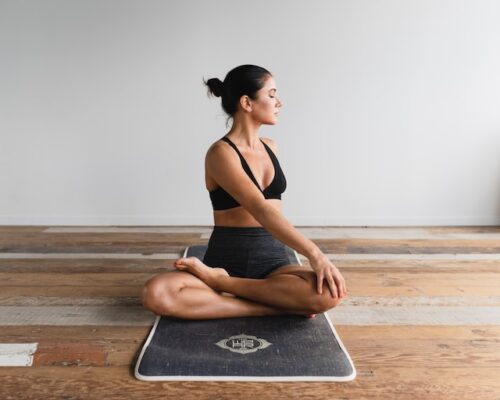
One of the most beneficial tips is to warm up your body before any training. Especially if you are training in colder regions, you need to warm up your muscles before you burden them with any kind of load.
In every training session, properly stretch your body and do warmups and cooldowns. If you are efficient enough to be consistent in warmups and stretching, there are very few chances that you will hurt any of your muscles.
9. Train with others on your level and don’t rush it
Don’t we all just love training with seniors? We want to be at their level as soon as possible. However, you need to remember that one step at a time is the best strategy. Train with the others on your level. If you try to rush it and train with professionals, there’s a lot that you will not learn.
When you are training with people of your level, you have a sense of relatability with them. When you are training with someone who isn’t your level, there are chances that you might be underconfident. Yet, training is different on every level, train at every level with your full potential.
Read Also: What Is A Brawler In MMA Boxing? 7 Tips To Fight A Brawler
How Common Are Injuries in MMA Training?
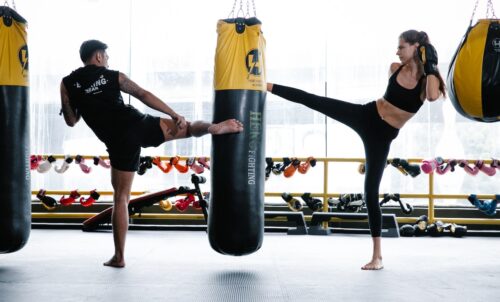
Injuries are very common in MMA training if you are not wearing any protective gear
Injuries are very common in MMA training – especially when you are preparing for a fight for weeks, you prepare by fighting different others trainers too. If you are not wearing suitable protective gear, there are a lot of chances that you might end up getting hurt.
Rafael Dos Anjos was all set to face Conor McGregor at UFC 196, but due to his foot injury that happened only a week before the fight, he wasn’t able to compete. Mixed martial arts training is full of injuries, it depends on you to be as safe as possible.
If you are only training MMA casually for exercise and self defense, then injuries are not as common because you will most likely be the coaches’ supervision at all times and your training partners will not go extremely hard (same goes to you).
What Are The Most Common Injuries in MMA?
Injuries such as blowout fractures, nasal fractures, hematomas, concussions, and dental injuries are common in MMA. There’s no denying the fact that MMA is comparatively a new sport, and fighters are becoming victims of some of the rarest injuries of all time.
Yet, some injuries happen quiet often and almost every fighter has had these injuries in their career. The most common injury locations are the arms and neck as both of these areas are highly exposed to the opponent during a fight.
How Often Do MMA Fighters Get Concussions?
Mixed martial arts fighters are likely to get concussions almost after every fight. 25% to 33% of the fighters get brain injuries during a fight. Traumatic brain injury is very likely in such sports where almost every blow is landed on the head of the opponent.
The fighters who are knocked are on a high chance of getting concussions. KO has the most potential to give a concussion to the opponent. Not all fighters get concussions.
Again, these are for fighters who compete for a living. If you are just training casually, injuries like these are not common. Instead, you will most likely go through sprained ankle, wrists or skin tare.
Is MMA Safer Than Boxing?
MMA is considered much safer than boxing. MMA is relatively a new sport, but boxing has a very lethal history. Both are combat sports and have their risks too. Safety regulations are made to ensure the safety of the fighters. However, boxing is much more intense.
Boxing is full of rapids hit on the head. In mixed martial arts, fighters usually target other areas of the body, rather than only hitting the head. Boxers are always aiming for the head of the opponent, back-to-back heavy blows on the head are very dangerous. Boxing is considered one of the most-bloodiest combat sports in history, and many fighters have been severely injured in this sport.
Read Also: 11 Key Differences Boxing Vs MMA: Which Martial Art Suits You
Is MMA Safer Than Muay Thai?
The fighting style and environment of MMA are safer than Muay Thai. MMA is a better coordinated and managed sport, unlike Muay Thai. The chances of getting injured in a Muay Thai fight are much higher than in MMA. The fighters are always equipped to deal with adversities and risks, but Muay Thai fighters don’t get the exact medical assistance if things go wrong.
There are several ways to win a fight in MMA, such as choking your opponent. There are much easier ways to win a fight. The same is not the case in Muay Thai, you need to give your opponent heavy damage to win a fight.
FAQs
Q: How Do I Strengthen My Body for MMA?
The best way to strengthen your body for MMA is to get a proper diet and full-body workouts. Do pull-ups, pushups, deadlifts, squats, and all the other exercises which are essential to get your body in shape. Once you are in some shape, take a proper diet. Eat a healthy diet with the suggested exercises to build strength for MMA.
Q: Can MMA Be Safe?
Mixed martial arts are much safer than other combat sports. It has refined rules that ensure the safety of a fighter. However, you need to take the necessary precautions to make the sport more-safe. Wear protective gear, and don’t train extensively.
Fighting is a dangerous sport, but if you train properly, there are fewer chances of getting lethal injuries. Authorities are also working extensively on improving the rules of the game to ensure more safety for the fighters.
Q: How Painful Is MMA Training?
Every combat sport is painful. MMA training can be very painful as you get soreness in your forearms, hips, shoulders, and back after you train. If you do heavy sparring, there are chances that you might feel more pain. Body shots are also responsible for pain in the ribs and abdominal area, but these are all part of the game.
You can never imagine getting into the training camp and getting out without any pain. It is surely part of almost every sport in the world. You only need to learn the technique to deal with this kind of pain as it is inevitable.



